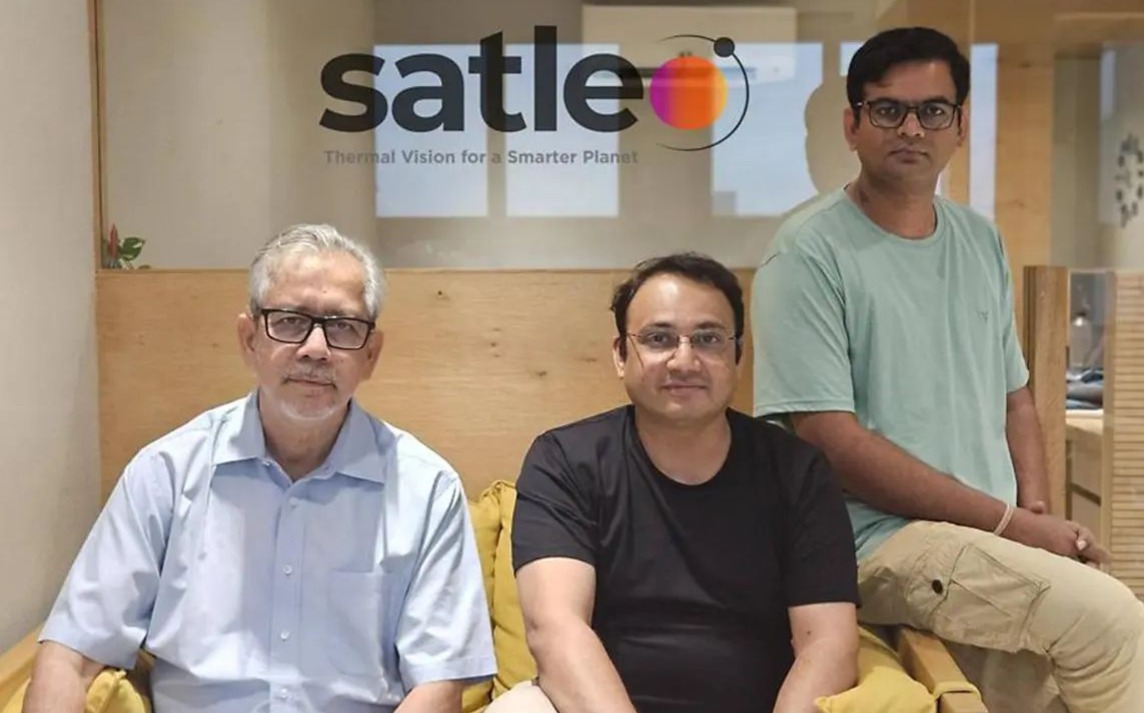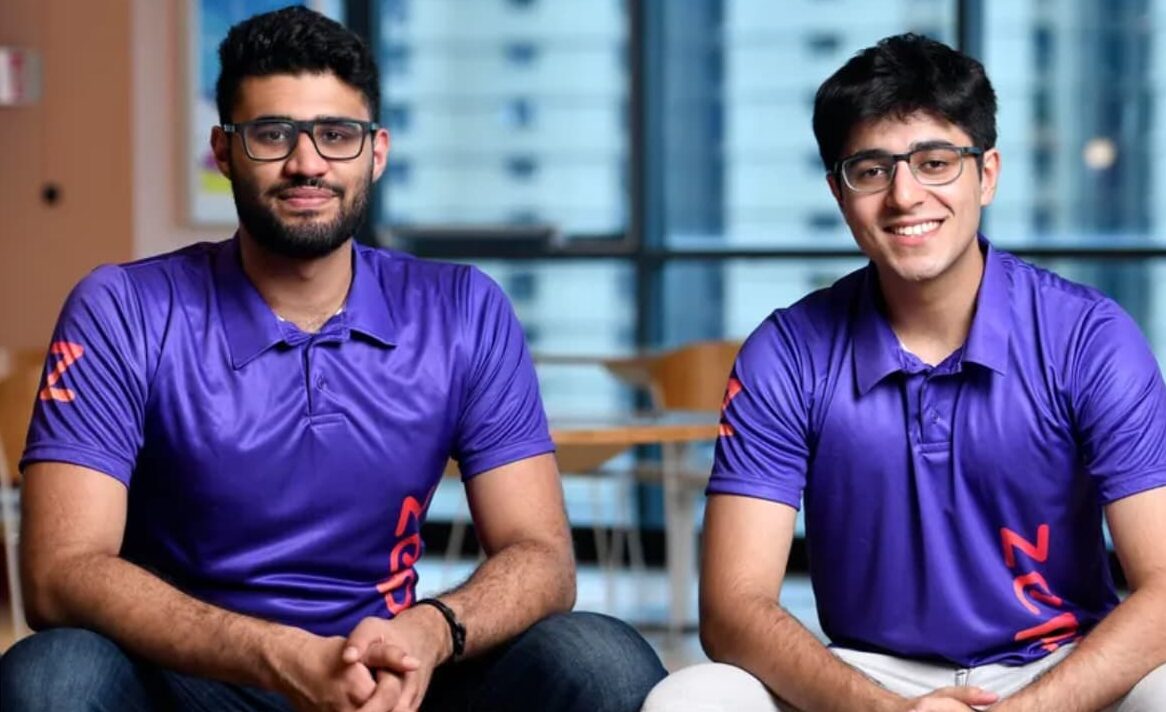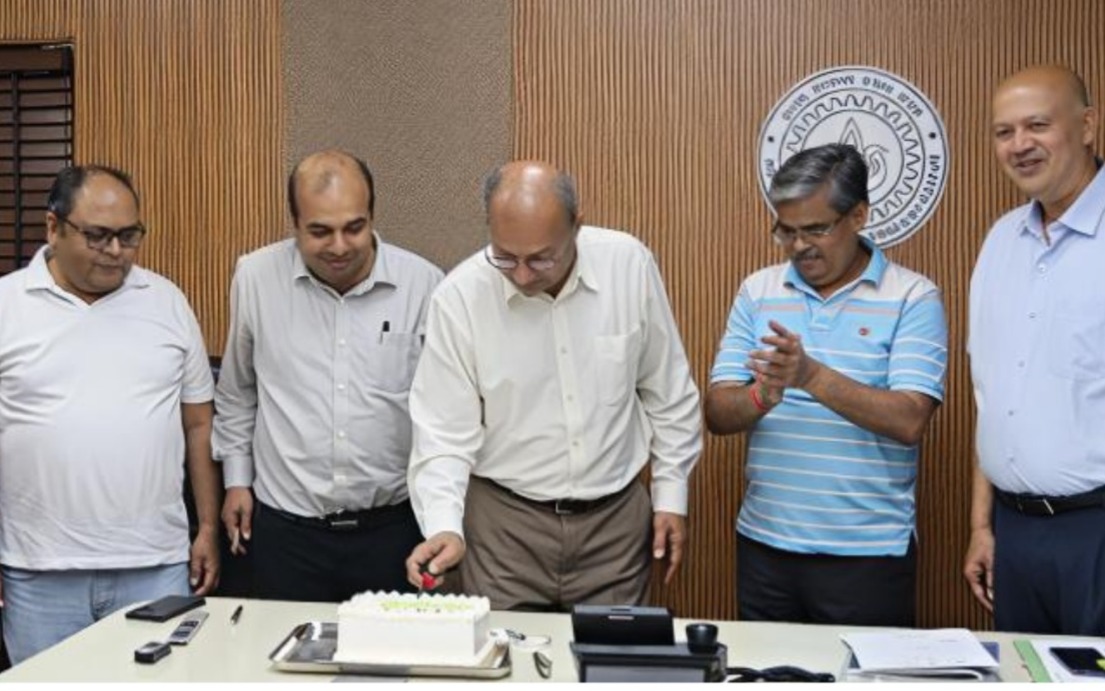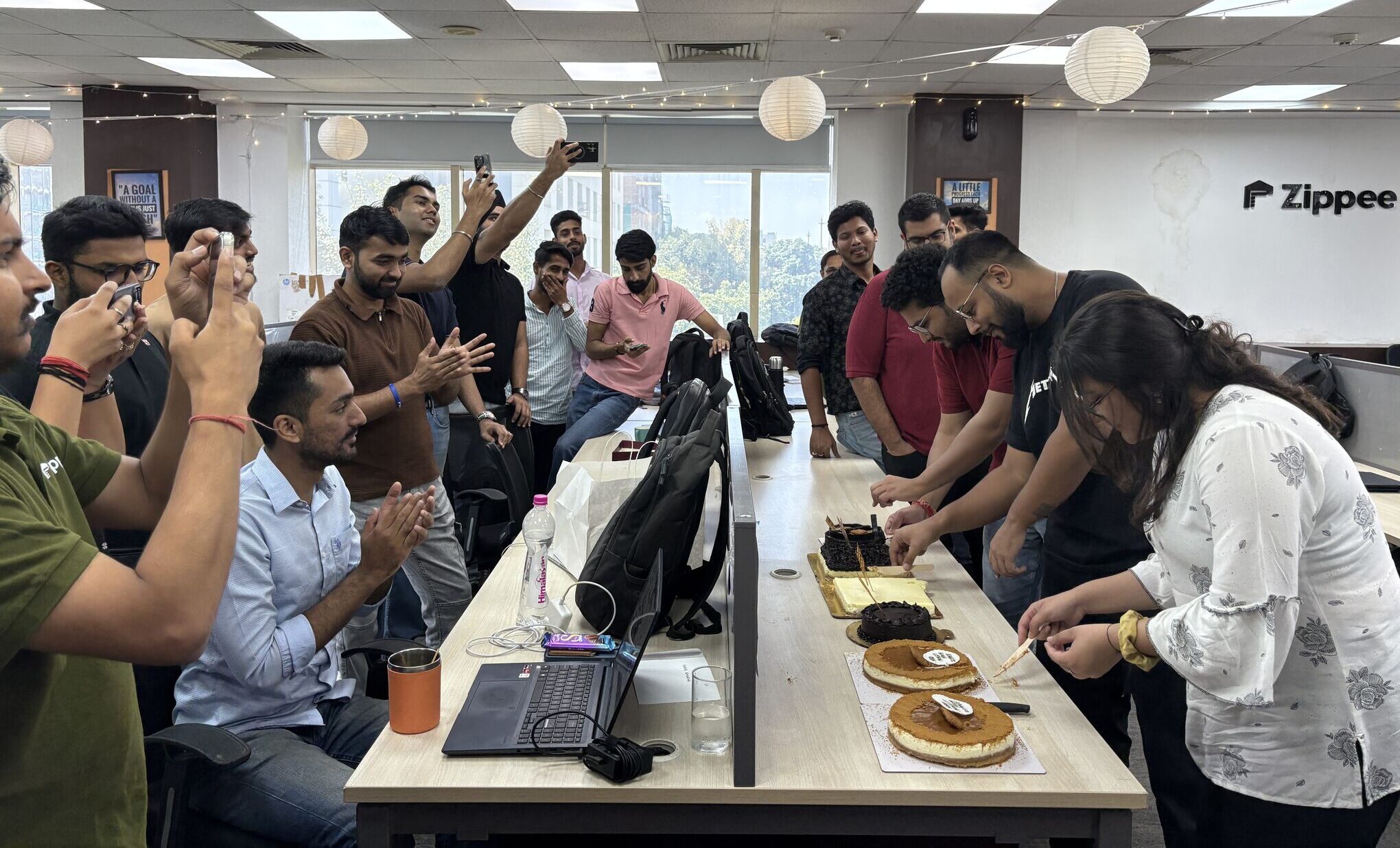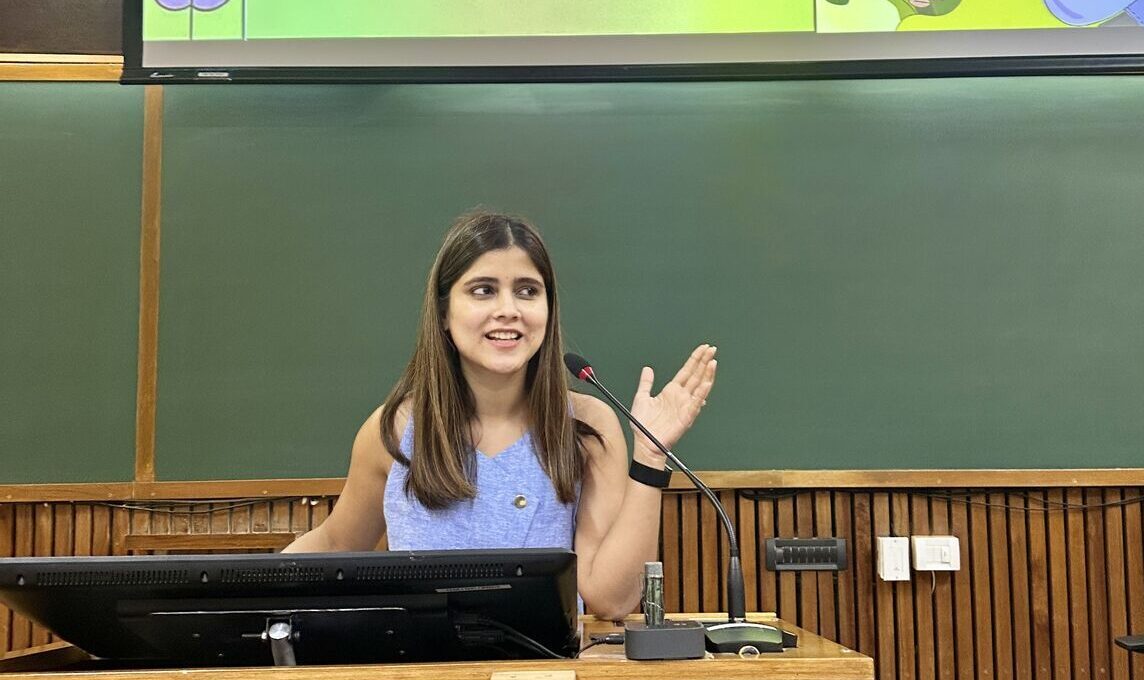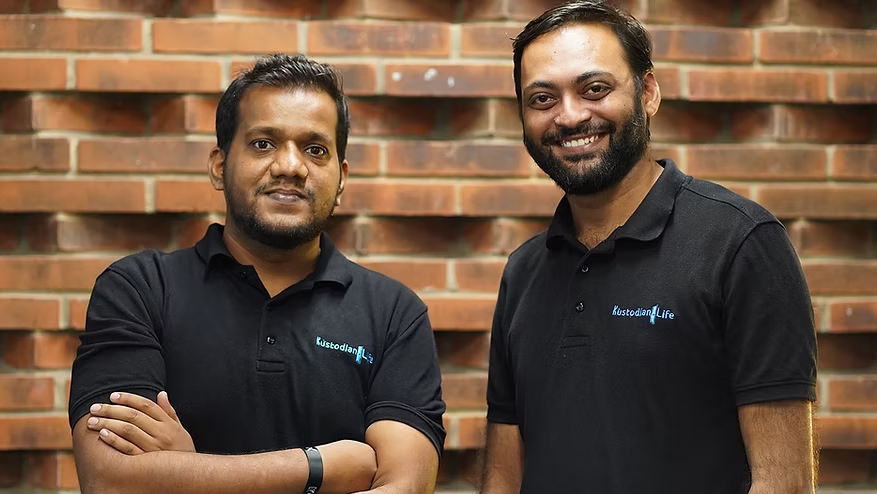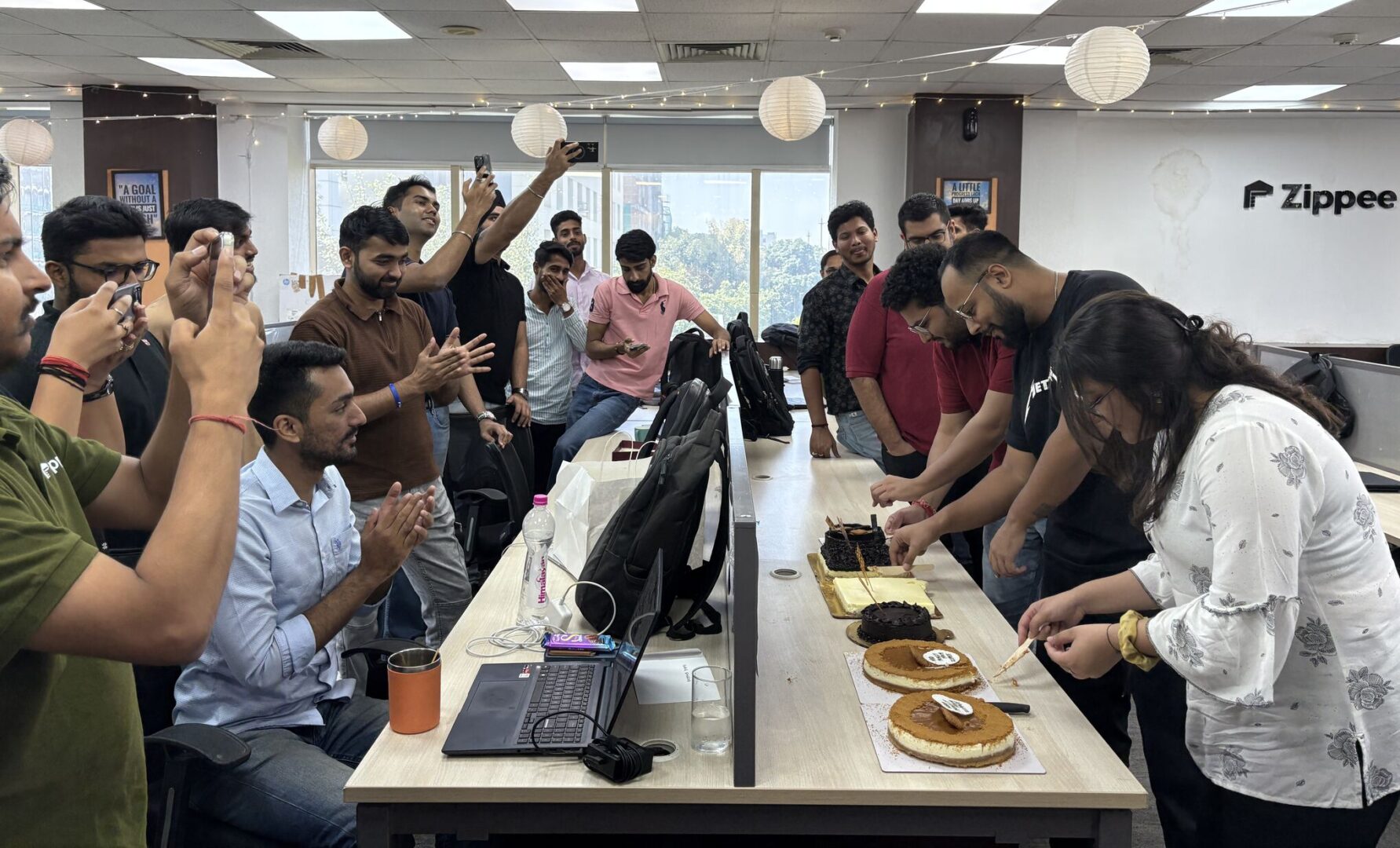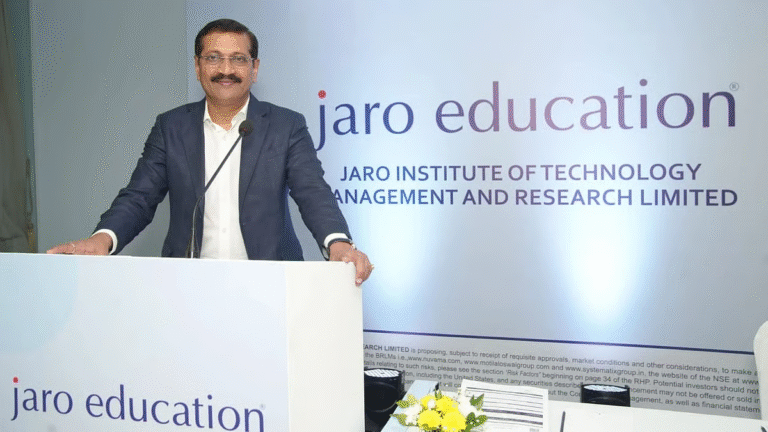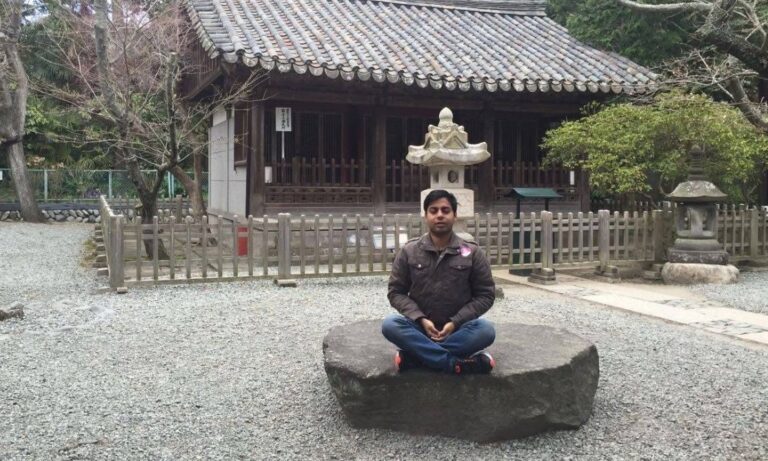SatLeo Labs, a young spacetech startup built by veterans of remote sensing and AI/ML, is stitching together an ambitious vision: use high-resolution thermal imaging from Low Earth Orbit to turn Earth’s heat signature into real-time, actionable intelligence.
In a showcase at ISRO’s Space Applications Centre in Ahmedabad, the “International Science Workshop on High-Resolution Thermal Earth Observation”, the team presented research and case studies on thermal data for solar farm inspections, precision agriculture, and landfill gas emission detection, underscoring how heat maps can translate into decisions on the ground for sustainability and risk management.

A mission shaped by India’s climate and data needs
SatLeo’s founding thesis is simple but sweeping: temperature patterns are the missing layer in many critical decisions, from irrigation to urban planning to environmental enforcement. The startup positions itself as an enabler for governments, utilities, agritech players, and city administrators that need near-real-time thermal signals to act faster and plan better. Its public materials emphasise a purpose-driven culture (“born from curiosity, built for impact”) and a product roadmap centred on turning complex space data into clear, sector-specific insights.
Satleo Labs: Who’s building it?
Founded in 2023 in Ahmedabad by Shravan Bhati, former ISRO scientist Dr. Ranendu Ghosh, and strategist Urmil Bakhai, SatLeo is part of a wave of Indian deep-tech teams translating domestic scientific know-how into globally relevant products. The company says its approach blends domain expertise in thermal remote sensing with AI/ML and edge computing to compress the window between satellite capture and end-user insight.
What makes SatLeo’s platform different?
At the heart of the play is a planned constellation delivering sub-10-metre thermal and visible imaging with twice-daily coverage. The payload stack combines MWIR/LWIR for a wider application palette, from urban heat islands and industrial zones to crop health and environmental monitoring, while onboard AI handles processing in orbit to reduce latency. Data is delivered via API-first pipes and an Analytics-as-a-Service model designed for quick integration into enterprise and government workflows.
On paper, that unlocks granular use-cases: early fire detection; municipal heat mapping; precision irrigation support; emission-hotspot tracking at landfills; and anomaly detection on solar farms, one of the three flagship case-study lanes the company recently showcased. These align with SatLeo’s stated focus on agriculture, urban planning, defence, and climate-risk analytics.
Backing, build-out, and the road to orbit
SatLeo’s growth has been buoyed by institutional support from IN-SPACe and access to ISRO facilities, crucial for a capital-intensive domain. The company has reported a $3.3 million pre-seed round led by Merak Ventures, alongside investors including Huddle Ventures, GVFL, Java Capital, IIMA Ventures, and PointOne Capital. Those funds are pointed at payload and satellite development, regulatory approvals, team expansion, and pilots.
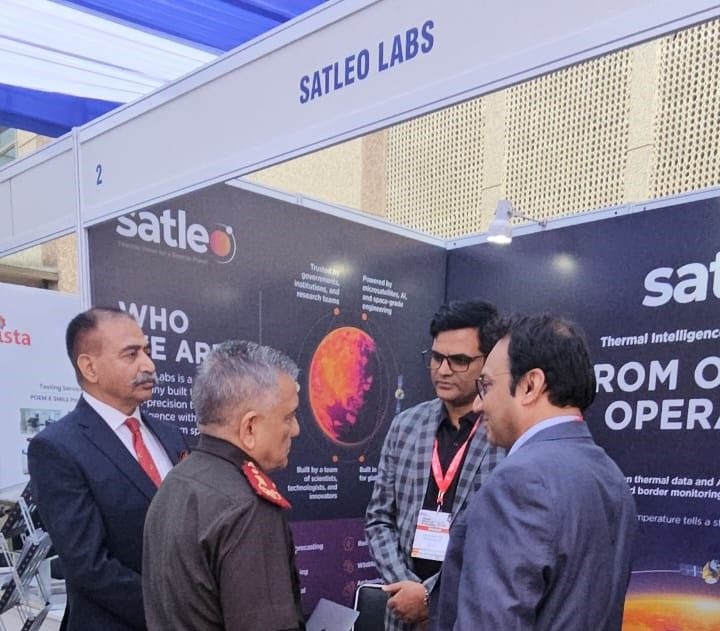
The near-term hardware roadmap features TAPAS-1 (Thermal Access Platform for Analytics & Solutions), a tech demonstrator slated for Q1 2026, followed by a commercial satellite in Q4 2026 to kick-off live services at scale. The end-state is a global constellation providing high-cadence thermal intelligence across geographies.
Competing in a busy orbit
Thermal observation is heating up globally, with players such as Satellite Vu (UK), OroraTech (Germany), and Hydrosat (US) building similar capabilities. SatLeo’s differentiation, as described in public materials, leans on India-based engineering, dual-band infrared payloads, in-orbit AI processing, and a product-first API model that lowers adoption friction for end users. For Indian public agencies and enterprises, the promise is faster deployment and cost efficiency; for global users, a competitive price-to-performance ratio.
Why the ISRO workshop matters?
The ISRO Space Applications Centre workshop appearance is notable for two reasons. First, it places SatLeo’s use-cases, solar farm anomaly detection, precision agriculture, and landfill emission monitoring, in a scientific forum that convenes researchers focused on high-resolution thermal Earth observation.
Second, it signals the company’s intent to stay plugged into the standards, calibration practices, and application research that will ultimately govern data credibility and policy uptake in India. (Event details as provided by SatLeo’s official communications.)
The market signal: heat data as an operating system
Urban heat stress, energy transition, crop volatility, and methane compliance are all data problems. Thermal, when fused with visible/NIR and context layers, can function like an operating system for heat, a persistent service that flags anomalies, scores risk, and prioritises response.
SatLeo’s framing mirrors that shift: from selling images to selling insights that plug into city dashboards, disaster rooms, and agronomy platforms. The company’s materials even highlight a proprietary “thermal comfort” layer and claim material gains in yield-prediction accuracy when micro-climate heat is accounted for, signalling where its analytics stack aims to compete.
The Cleaner Indian Bet
From here, the story will be written in calibration accuracy, revisit fidelity, latency, and cost per square kilometre and in how convincingly SatLeo can translate pilot learnings into at-scale, SLA-bound services. Regulatory clearances, downlink capacity, and API reliability will be equally decisive. Still, with institutional backing, a clear product thesis, and a public roadmap to orbit, SatLeo is one of the cleaner Indian bets in thermal intelligence to watch.
Also Read: Astrophel Aerospace’s Cryo Pump Tested at ISRO, Eyes 2026 Goal









